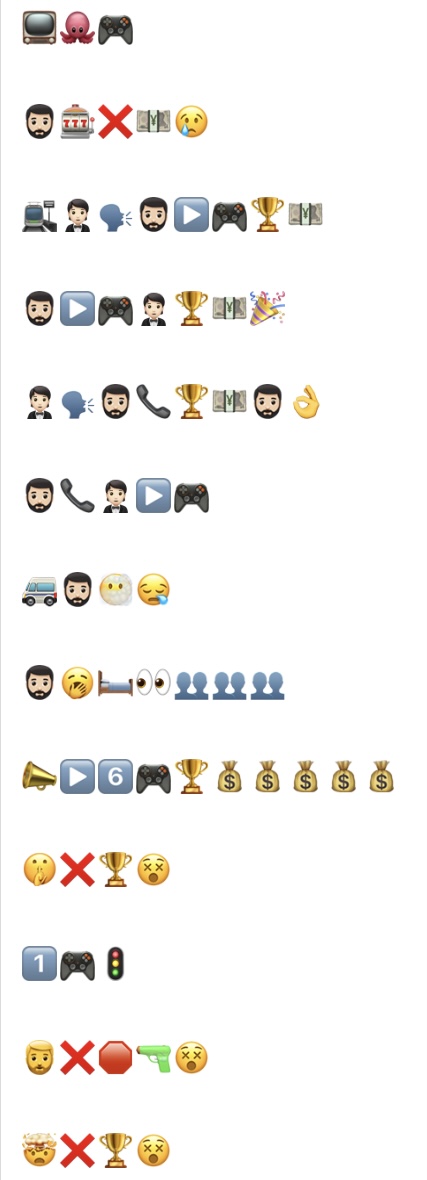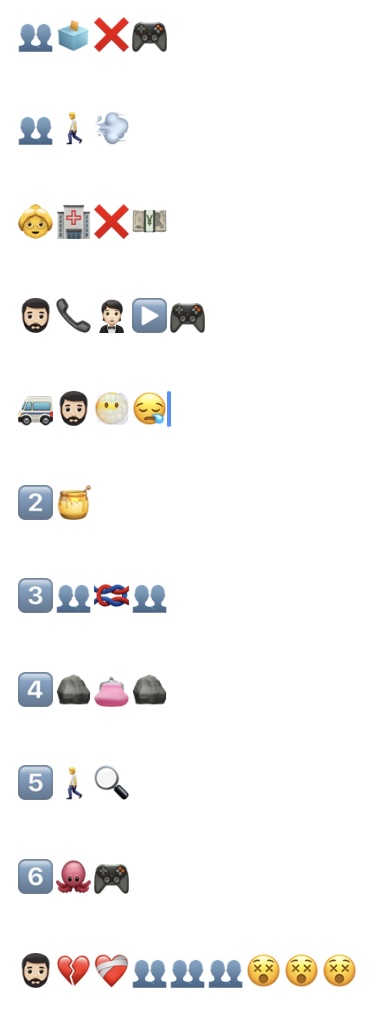The first thing that stood out to me about Ping’s post was that her interpretation of Task 1 was the roughly the same as mine. Though we worded it differently, the main purpose was the same (letting others get to know who we are). We both included audio for Task 7, however, Ping also included a visual component, which is something I left out completely. How we decided to carry out Task 7 was very different.
Ping decided to reuse some of her materials from the Task 1. In Task 7, she had images/sounds of the items in her bag included in it and how it was used in her daily life. I found this fascinating since we got to see how she used the items in her bag. Like Ping mentioned in her post, you can get a lot more information about someone from the unspoken text (in this case, seeing/hearing her uses of the items). People can use the same items differently for different purposes. Getting to see how the items in her bag were used allow for viewers to get to know Ping in a deeper matter. Furthermore, Ping added more audio elements to the visual design. I would argue that Ping also included gestural mode to Task 7. She included movement and gestures within her character and her hand drawing as well. This adds another element to her audio-visual mode of presentation.
When compared to mine, I only emphasized auditorial mode. I am more of a visual person, but I decided to push myself out of my comfort zone and focused on a mode that I am not as comfortable with. It really required me to think outside the box since I prefer to have things done visually.
One point that I like that Ping mentioned in her post. “I don’t find audio-visual modes dominating written modes or writing seeing a resurgence, I see both methods working together to deliver a message better than ever.” I completely agree with this statement. Why only focus on one mode when we can use various modes together to deliver content better? There are many people who have a preference for one mode over the other. Instead of focusing on one mode, incorporating many modes allows for text to reach a wider range of audience. Of course, there are people who will still prefer to focus on one mode (eg. Having too many different modes may be distracting to some).
Another thing that Ping points out is translations. She mentions that as technology develops more, it may not be necessary to learn a new language when we can have headsets that may help us understand what others are saying/ expressing (doesn’t even need to be language). This reminds of foreign shows/ movies I watch. I often watch Korean and Japanese drama/shows and when I have friends know the language, they will point out that the translation is not completely correct and makes the sentence lose meaning. When I watched Shang Chi, I noticed that the English subtitles for when the characters were speaking in Mandarin weren’t completely accurate for some scenes. It lost some of its meaning when it was translated to “suit” the sentence structure of English. Like Ping mentioned, there is a beauty in languages and text that is hard to translate. How can we preserve meaning during translation or during different modes?


